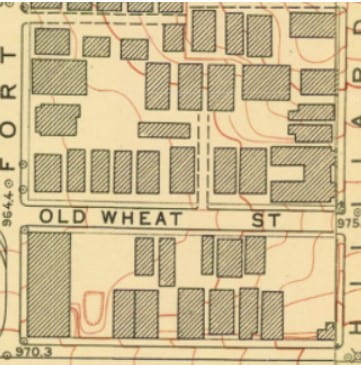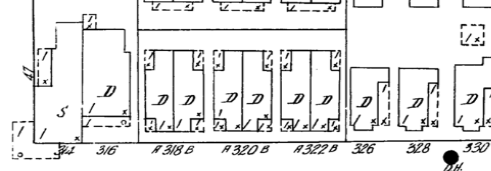Urban Renewal and Development of the Atlanta Civic Center
‘Buttermilk Bottom’ is a colloquial name given to the Atlanta neighborhood that once existed where the now defunct Atlanta Civic Center was built. The neighborhood was low income, primarily black, and had been neglected in infrastructure such as paved roads and modern sewage systems. Buttermilk bottoms suffered from dilapidated housing conditions and poor drainage (Holliman 2009, 372). The name ‘Buttermilk Bottom’ referred to the smell of the area. It is suggested the area had smelled because of open sewage.
Continue reading



